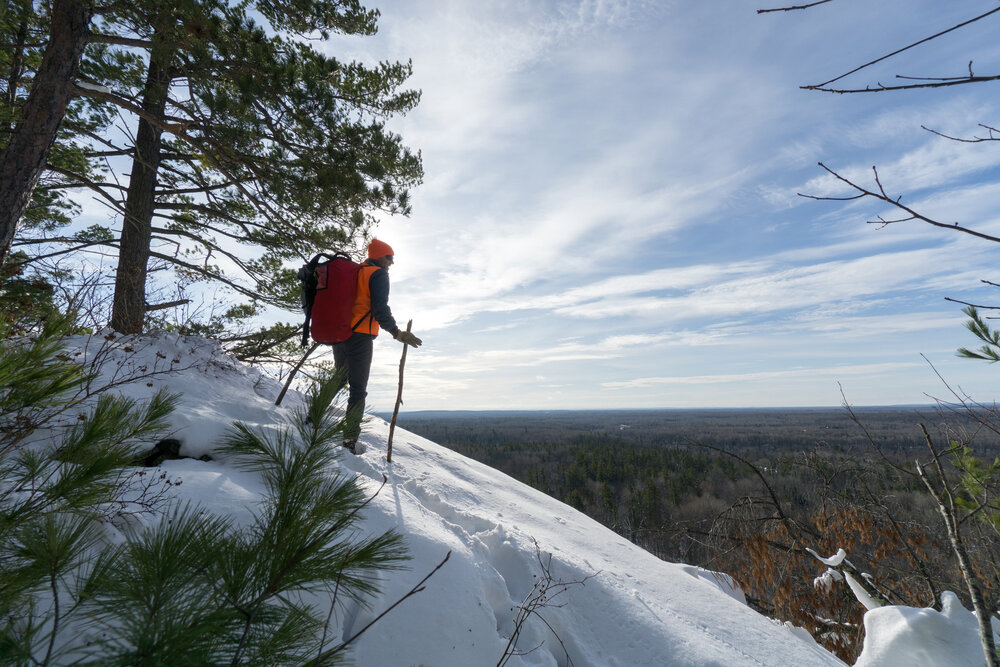Working Together to Designate Four New Wilderness Areas in Michigan’s Upper Peninsula
As Michigan nature enthusiasts well know, the state’s Upper Peninsula is a rich, varied wonderland for outdoor recreation opportunities — and birding opportunities in the U.P. are no exception. Whitefish Point Bird Observatory in Paradise is a representation of just that, as more than 340 avian species have been recorded at this monitoring station on the shore of Lake Superior.
The growing, local outdoor recreation world and economy do come with a fair share of side effects and impacts, from human disturbance to habitat fragmentation and loss. The surge in visitors to the Upper Peninsula over the last few years is credited as inspiring this idea of preserving parts of the U.P. and designating them as wilderness areas, and acted as a final push to form a coalition.
What is Keep the U.P. Wild?
Keep the U.P. Wild is a growing coalition of more than 125 Michigan environmental, outdoor recreation, academic, and nonprofit organizations, institutions, and businesses working to advance new wilderness areas in the U.P.
Michigan Audubon joined the coalition early on, as these proposed additions of new wilderness areas mean a lot for preserving biodiversity in the U.P., which correlates directly to our mission and work of bird conservation. Our hope in featuring this work in the Jack Pine Warbler is to share this news with our chapters, members, and community so that we can build public awareness, support, and achieve success in preserving habitat protection at this level.
Pursuing the designation of multiple wilderness areas and seeking the nation’s greatest natural resources protection is no small or simple feat. It’s a process requiring a diverse, talented pool of committed people and organizations to work together strategically to secure these protections.
The Definition of Wilderness
The Wilderness Act of 1964 defines wilderness as “an area where the earth and its community of life are untrammeled by man, where man himself is a visitor who does not remain.”
The term wilderness has long referred to terrestrial ecosystems, such as forests, although marine wilderness continues to grow as an area of interest. The Wilderness Act helped inform policies and designations with its determination that “wilderness or wildlands (usually in the plural), are natural environments on Earth that have not been significantly modified by human activity or any non-urbanized land not under extensive agricultural cultivation.”
Federal Wilderness Areas in Michigan’s Upper Peninsula
Currently, there are three areas in the western U.P. that have been successfully designated as wilderness areas. Those three areas are Sylvania, McCormick, and the Sturgeon River Gorge. The Ehlco area, Trap Hills, Norwich Plains, and Sturgeon River Gorge additions — that is, those that the coalition is proposing for designation — would create a nearly contiguous national wilderness area of well over 40,000 acres.
“Wilderness areas offer a refuge to those of us exhausted by our modern lives. They inspire broader conservation efforts that can preserve or restore other natural places.”
~ Kitty Oppliger
Keweenaw Youth for Climate Action
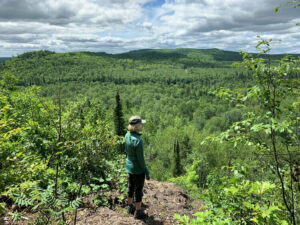
THE TRAP HILLS
LOCATION: Ontonagon County, southwest of Rockland, Mich., about 20 miles southeast of the Porcupine Mountains Wilderness State Park
AREA PROPOSED: 25,000 acres
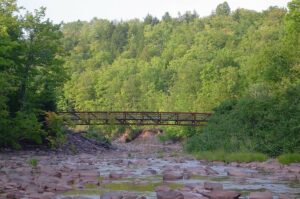
THE EHLCO AREA
LOCATION: Ontonagon County, immediately south of the Porcupine Mountains Wilderness State Park
AREA PROPOSED: 16,000 acres
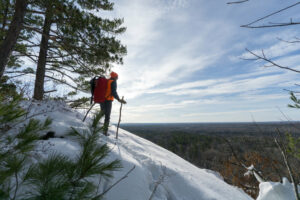
NORWICH PLAINS
LOCATION: Ottawa National Forest, immediately northeast of Bergland, Mich.
AREA PROPOSED: 8,000 acres
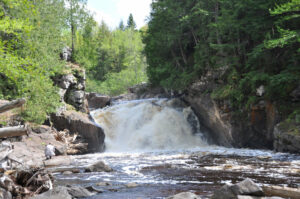
STURGEON RIVER GORGE ADDITION
LOCATION: Ottawa National Forest, adjacent to the southwest corner of the existing Sturgeon River Gorge Wilderness
AREA PROPOSED: 2,000 acres
How To Join or Support the Coalition
If you are an individual and want to show your support for designating these important areas in the U.P. as wilderness, you can sign a petition, download stickers and signs, and learn more about getting involved at keeptheupwild.com. If you represent a business, institution, or organization and want to get involved or sign on to the coalition, please contact Tyler Barron at [email protected]. We encourage chapters of Michigan Audubon to show their support for habitat protection in our state by signing on to this coalition and helping to keep our Upper Peninsula wild! Let’s hold on to and cherish Michigan’s last real wild places and make this legislation an easy decision that will benefit generations to come.
Learn more about each of the four designated areas and support the coalition’s work at keeptheupwild.com.
This article appeared in the 2022 Winter Jack Pine Warbler.
Images courtesy of Keep the U.P. Wild.

